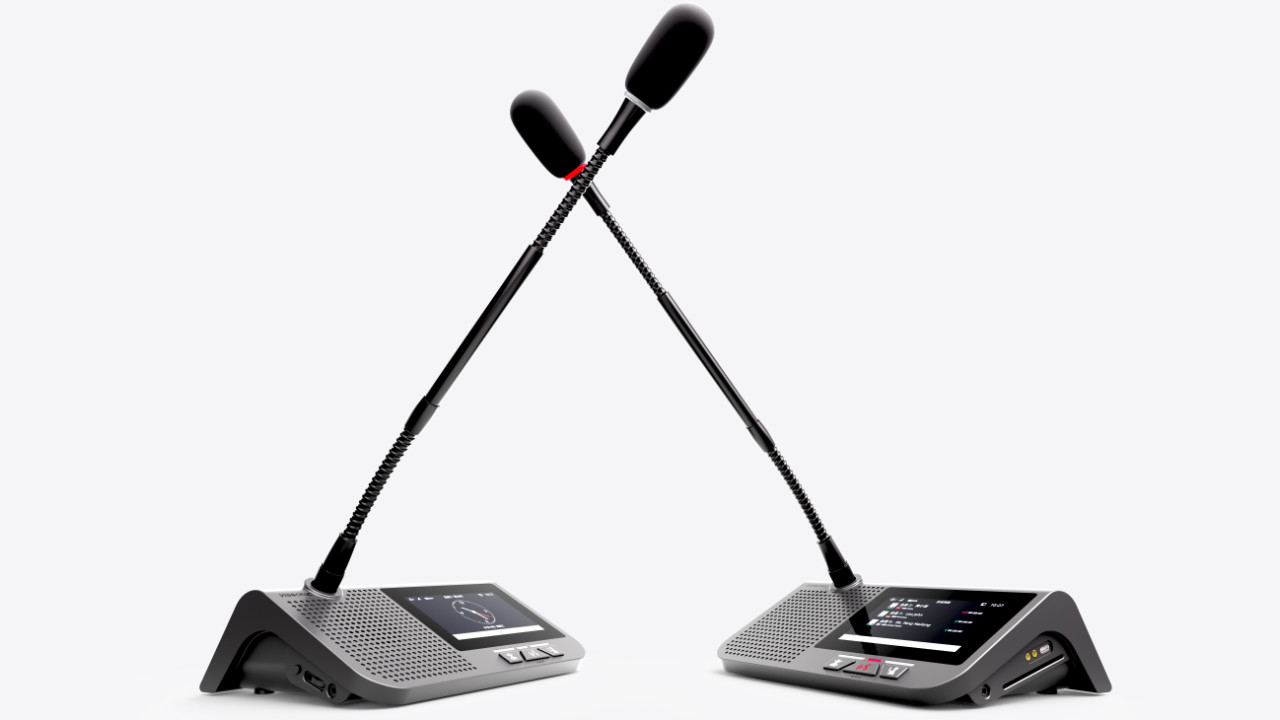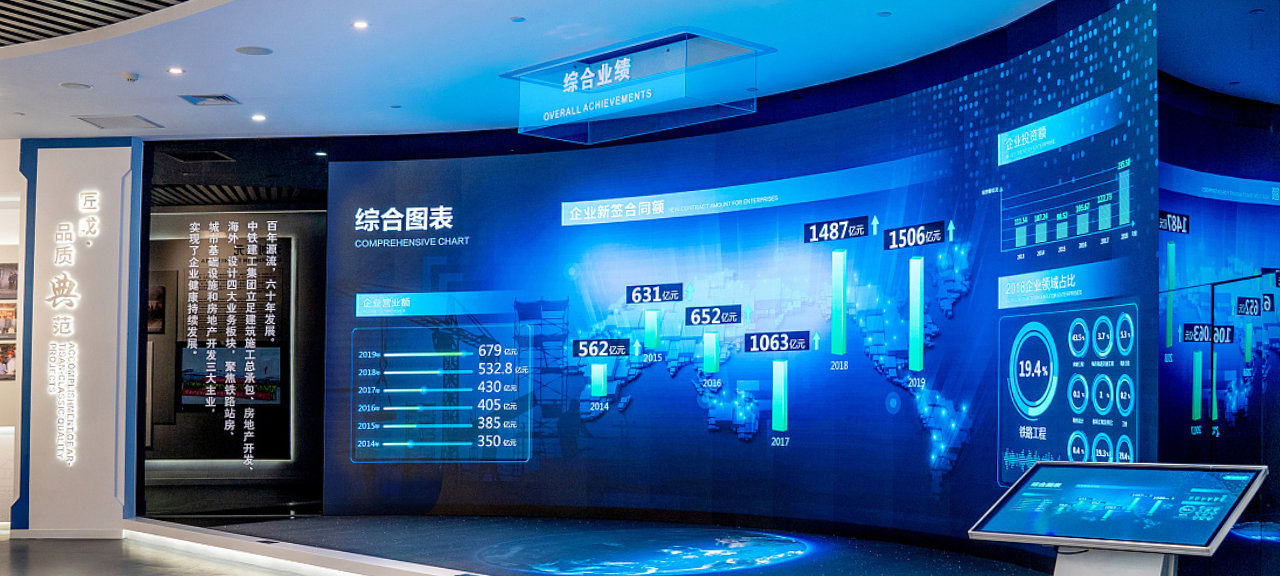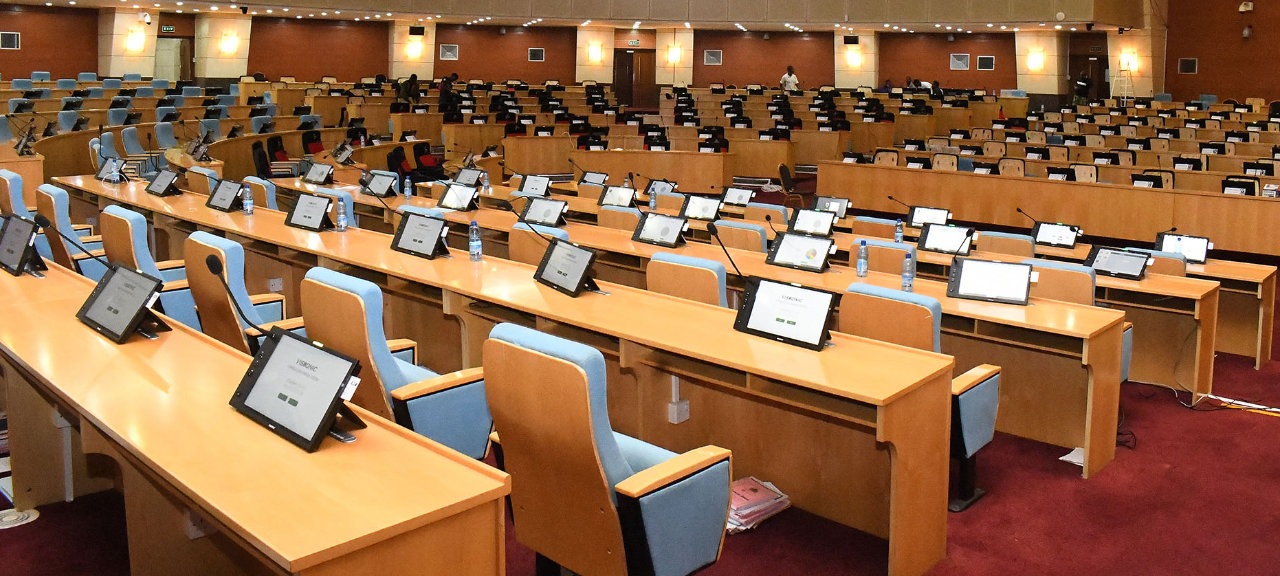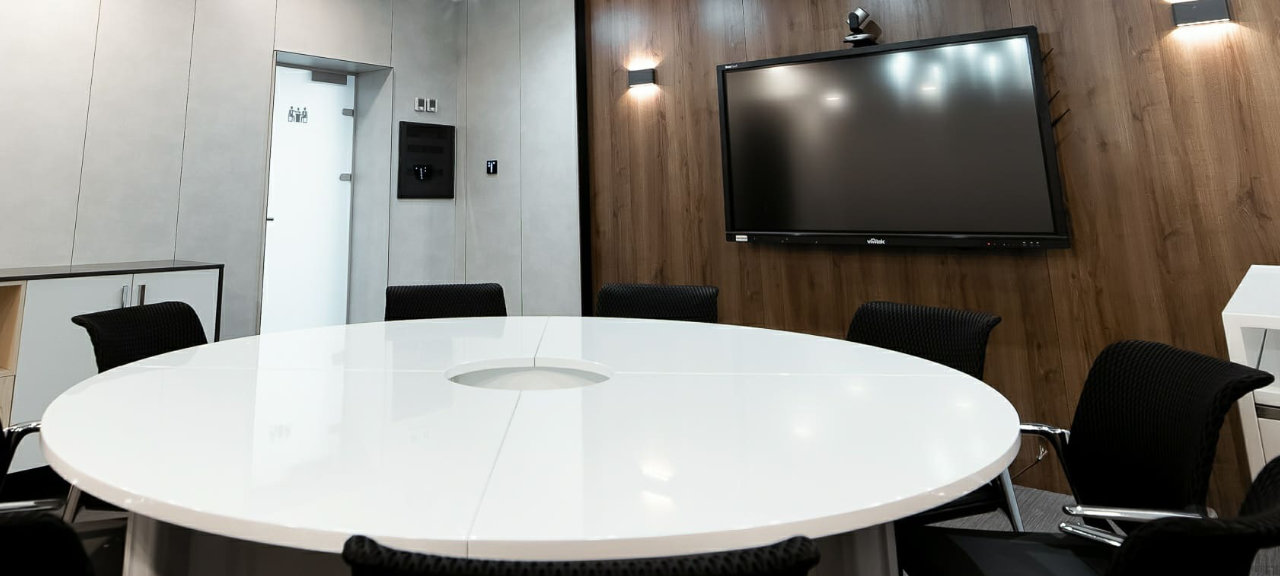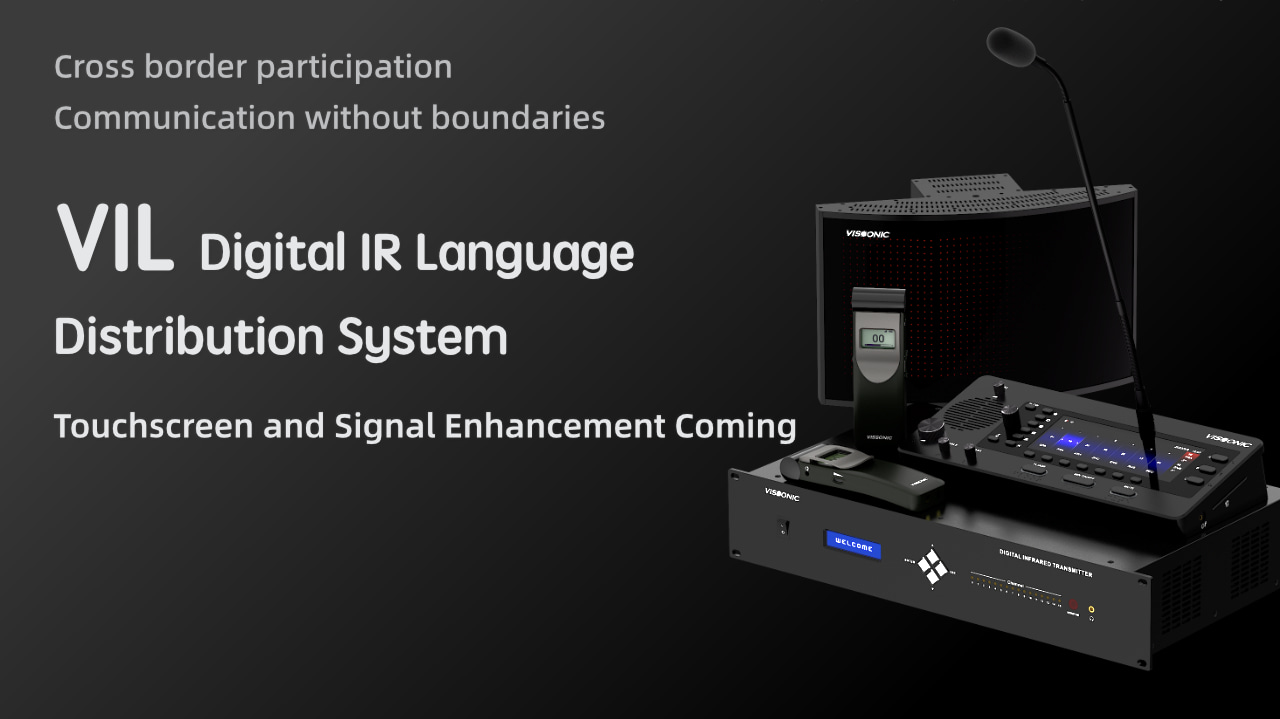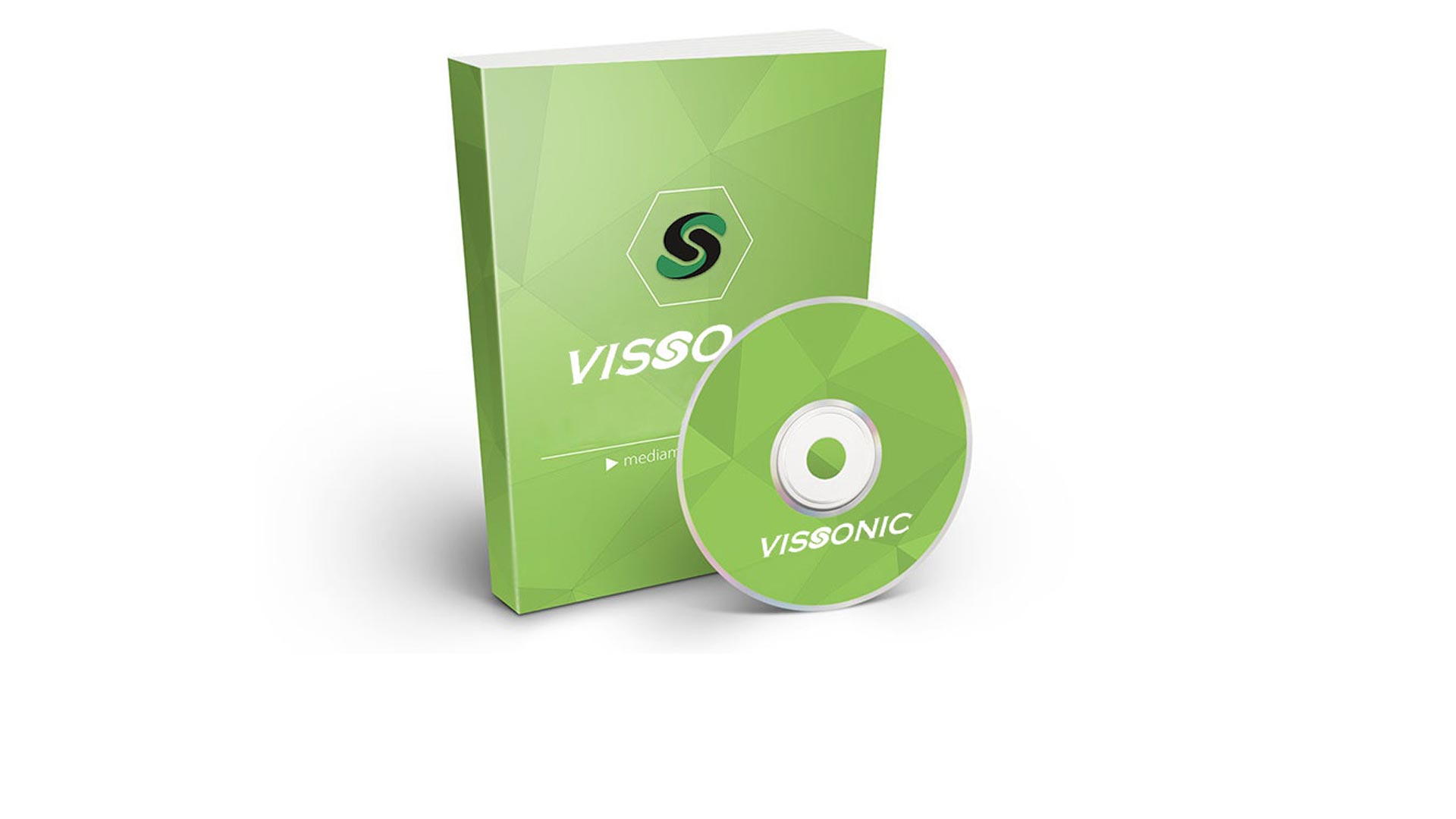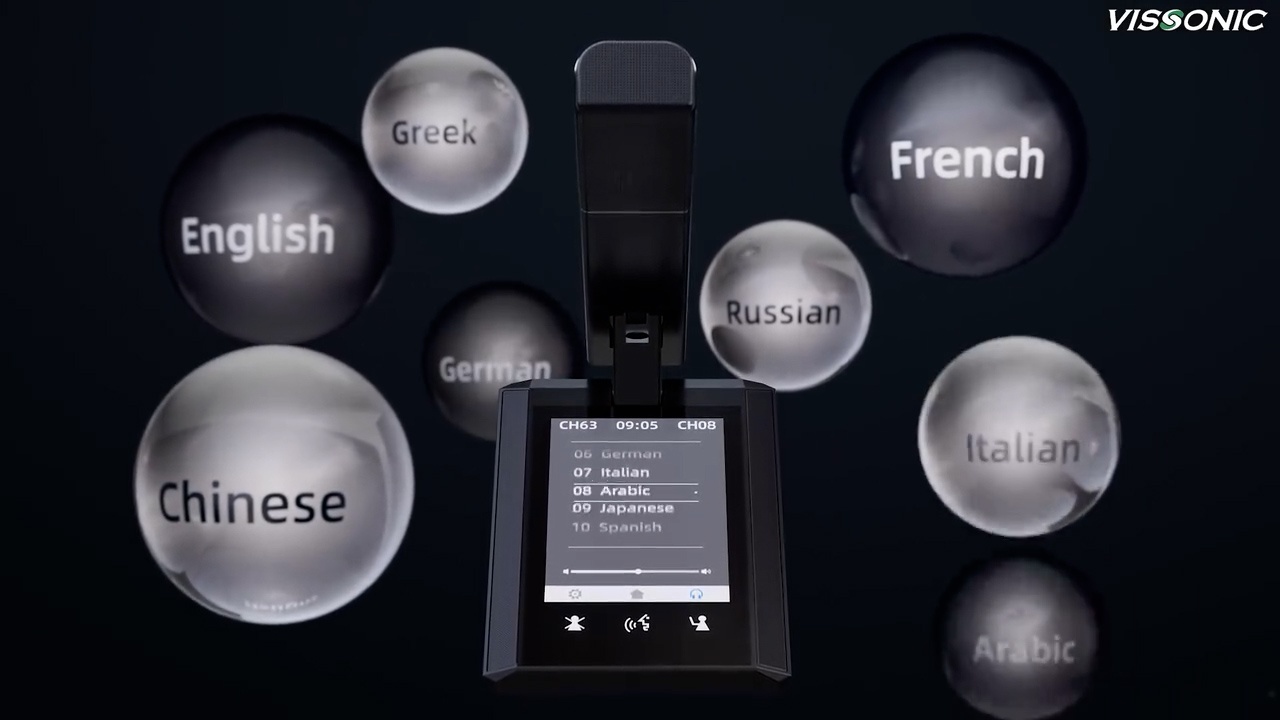What Types of Video Wall Processors Can I Choose?
When considering investing in a 4K video wall, there are some important factors you need to keep in mind. In this guide, we'll take a look at what a video wall is, some of the technology behind it, and the four types of video walls used for different applications ranging from basic to complex.
What is a video wall?
A video wall is a type of multi-display wall that displays a larger image or windows of multiple images by connecting multiple screens together. The display technology can be LCD or LED panels, tiles, cubes or projection screens. A video wall can be as simple as one image from a single source stretched across multiple screens. These types of video walls offer greater flexibility, control, scalability and creativity.

Display Screens
When planning your video wall, consider what type of display you want to use. You can choose from LED and LCD panels, tiles, cubes and projector systems. Not all displays have the same brightness or resolution, and these specifications are likely to be important decision criteria. The more detail and clarity you require, the higher the resolution you'll need. You also need to consider the width of the monitor's bezel. Newer monitors have ultra-narrow bezels, resulting in a perfect image.
Video Wall Processors
Today, the terms video wall processor and video wall controller are often used interchangeably. Their basic job is to split the video content for each display in a multi-display wall. A video wall processor is a video scaler that ensures that each source signal goes to the correct screen at the correct resolution. It acquires the image and sends it to each screen to be displayed as one large, cohesive image. The video processor is responsible for taking the various inputs and putting them together. An advanced video wall processor can take content from multiple sources and display it on multiple screens. A video wall processor is similar to a traditional video scaler, but with greater input, output and processing power.

Modular Seamless Switching Videowall Processor 8x8
Video Scalers
Sometimes, video wall processors can be located close to the display and can be connected directly via video cable. In other applications, video wall processors may need to be located in server rooms or IT rooms that are too far away to use standard video cables. In these cases, a video extender is required to transmit the video signal from the video wall processor to the display. For cable distances as short as 30 feet, a video extender may be required. Some IP-based systems use small receivers (one per monitor) that can be mounted on the back of the monitor. In these cases, signal extension is done over the LAN and no additional video extension is required.
Advanced Video Walls
Advanced video walls are screens that support a large number of different form factors (e.g., 3x2, 3x4, 6x4, etc.) and provide a canvas-style user and display interface on which many content windows can be dynamically moved or adjusted. Advanced video wall processors typically support dozens of screens and many types of video inputs. These types of video wall processors can also support local decoding of IP streams to display a large number of streams from devices such as IP-based security cameras or other remote sources. Some are also capable of encoding video sources to be shared with other sites or users. Advanced video walls are found in mission-critical control rooms that need to be up and running 24/7.

When considering which type of video wall fits your unique needs, you first need to consider how you intend to use the video wall. Do you want a simple digital signage type display, a large state-of-the-art control room wall or something in between? What environment will the video wall be used in: military/tactical, security, utilities, retail, education, transportation, museums, industrial, conference rooms, etc.
Please contact VISSONIC to get your custom solutions.

